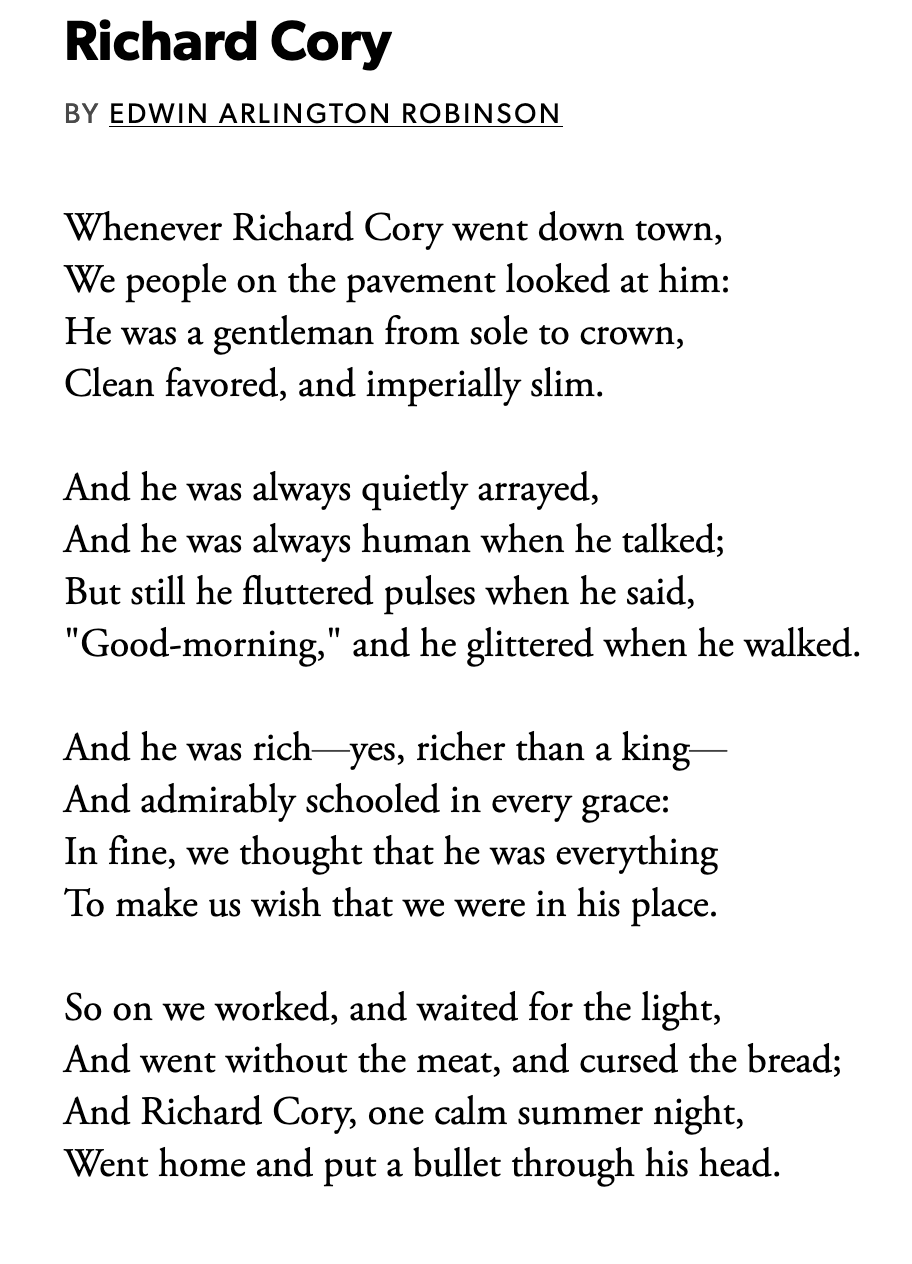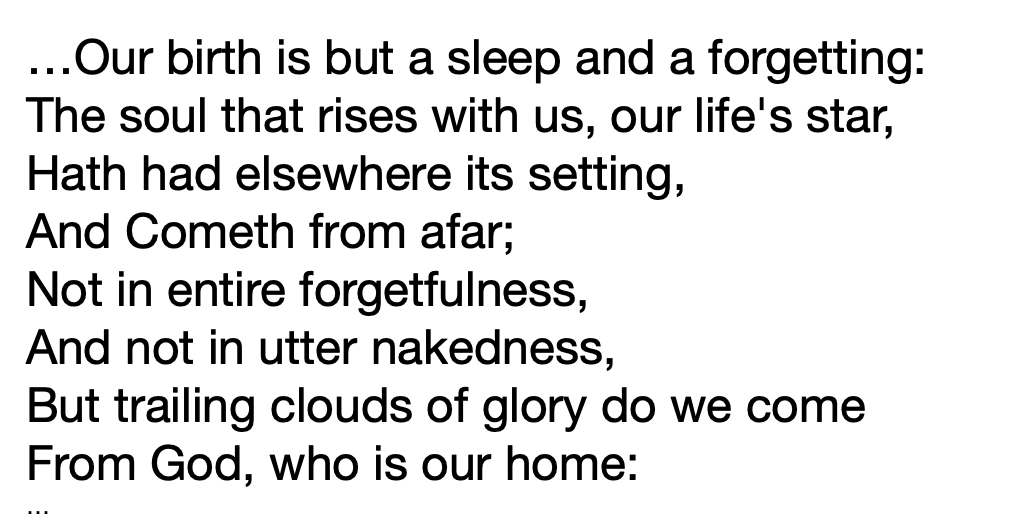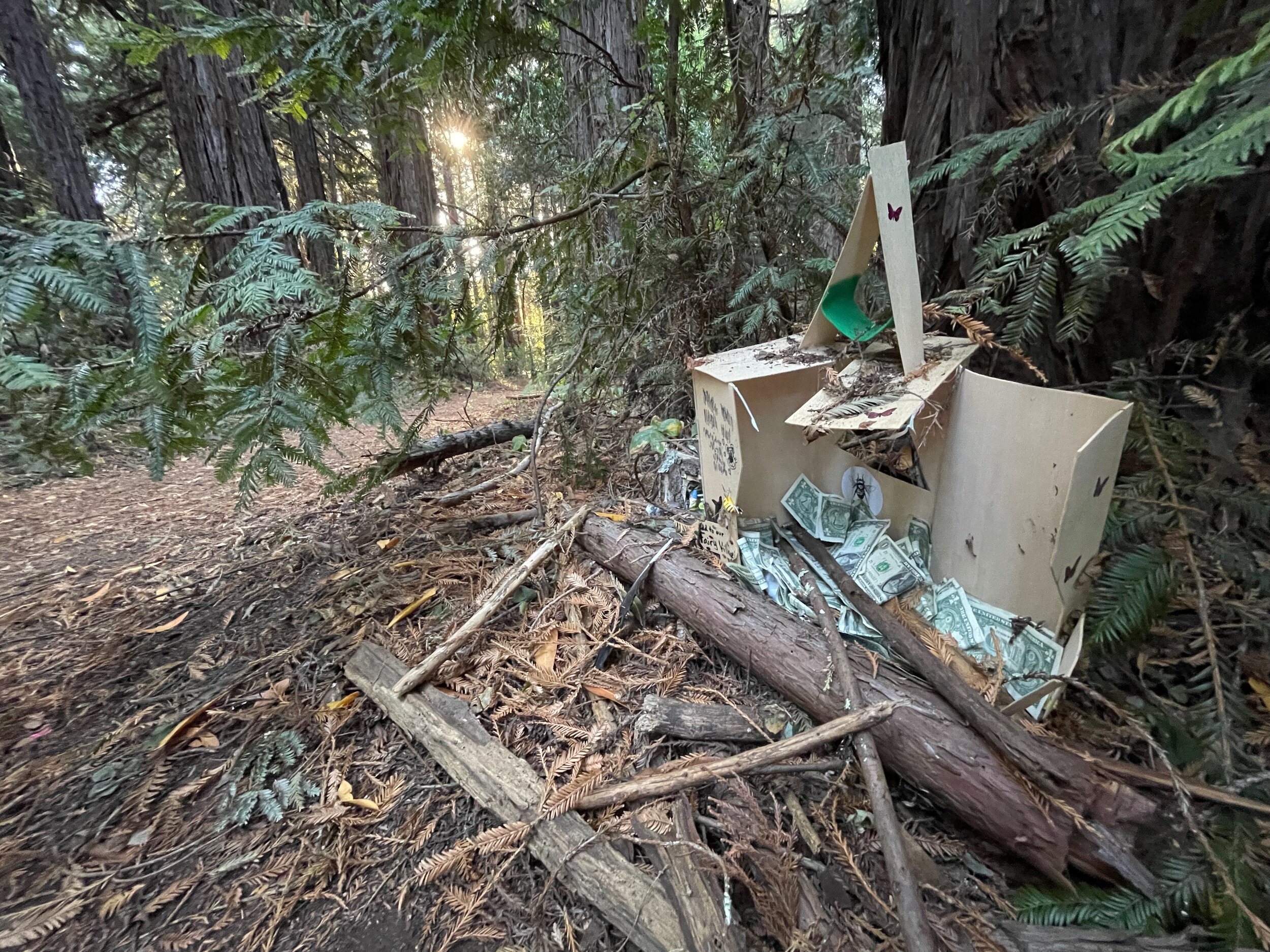After several weeks of sending Russian soldiers to Belarus for “training exercises” and “military games”, the exercises and the games came to an end about ten days ago. From a text message that was revealed between a dead Russian soldier and his mother.
“There is a real war raging here..” he wrote. Indeed. A forty mile long convoy of military weaponry is outside the capital city of Kiev. Russians have enveloped all of Ukraine in the worst fighting since the end of WWII. The heavily armed Russians are finding determination and pluck in the Ukrainians who have chosen to stay. The world has found a new hero in Zelensky.
A 79 year old Ukrainian grandmother brandishes an AK-47.
Vladimir Putin finds himself and his country under economic attack. Money kept overseas is frozen, oligarchs’ yachts are confiscated, the ruble is in free fall, bars won’t serve Russian vodka, Germany has abandoned its long held position of neutrality and has sent weapons to Ukraine, Switzerland has frozen Russian accounts. Visa and MasterCard have ceased doing business in Russia, McDonalds closed all their stores, the US is banning all energy exports from Russia. Putin is a miniscule little man in the same mold as Donald Trump, as Hitler, and other little people who believe in force over freedom. Ukraine is the rock, Russia, the paper, and the rest of the world, the scissors. The world isn’t just cutting the paper, it’s shredding it. Over three thousand Russian soldiers have been killed. Putin thought that it was his fight and his fight alone. He didn’t expect that the rest of the world would unite behind Ukraine.
Here’s what it’s all about in four photographs.
Suffering.
Destruction
Refugees
…and death
A woman and her two children, killed while trying to escape. Evil has taken up residence in Putin’s heart.
Putin is one of a long line of small insignificant blobs of misaligned protoplasm, a specimen or organism, not a person, who believes the power that exists only to support their narcissism and delusions. Putin is just the current one. They breed in Russia. The history of humanity is mirrored in the history of war. It won’t end well. It never does.
He’s Ozymandias redux.
“I met a traveller from an antique land,
Who said—“Two vast and trunkless legs of stone
Stand in the desert. . . . Near them, on the sand,
Half sunk a shattered visage lies, whose frown,
And wrinkled lip, and sneer of cold command,
Tell that its sculptor well those passions read
Which yet survive, stamped on these lifeless things,
The hand that mocked them, and the heart that fed;
And on the pedestal, these words appear:
My name is Ozymandias, King of Kings;
Look on my Works, ye Mighty, and despair!
Nothing beside remains. Round the decay
Of that colossal Wreck, boundless and bare
The lone and level sands stretch far away.”
Yeats
The Second Coming
Turning and turning in the widening gyre
The falcon cannot hear the falconer;
Things fall apart; the centre cannot hold;
Mere anarchy is loosed upon the world,
The blood-dimmed tide is loosed, and everywhere
The ceremony of innocence is drowned;
The best lack all conviction, while the worst
Are full of passionate intensity.
Surely some revelation is at hand;
Surely the Second Coming is at hand.
The Second Coming! Hardly are those words out
When a vast image out of Spiritus Mundi
Troubles my sight: somewhere in sands of the desert
A shape with lion body and the head of a man,
A gaze blank and pitiless as the sun,
Is moving its slow thighs, while all about it
Reel shadows of the indignant desert birds.
The darkness drops again; but now I know
That twenty centuries of stony sleep
Were vexed to nightmare by a rocking cradle,
And what rough beast, its hour come round at last,
Slouches towards Bethlehem to be born?
The more things change, the more they remain the same.



























































































